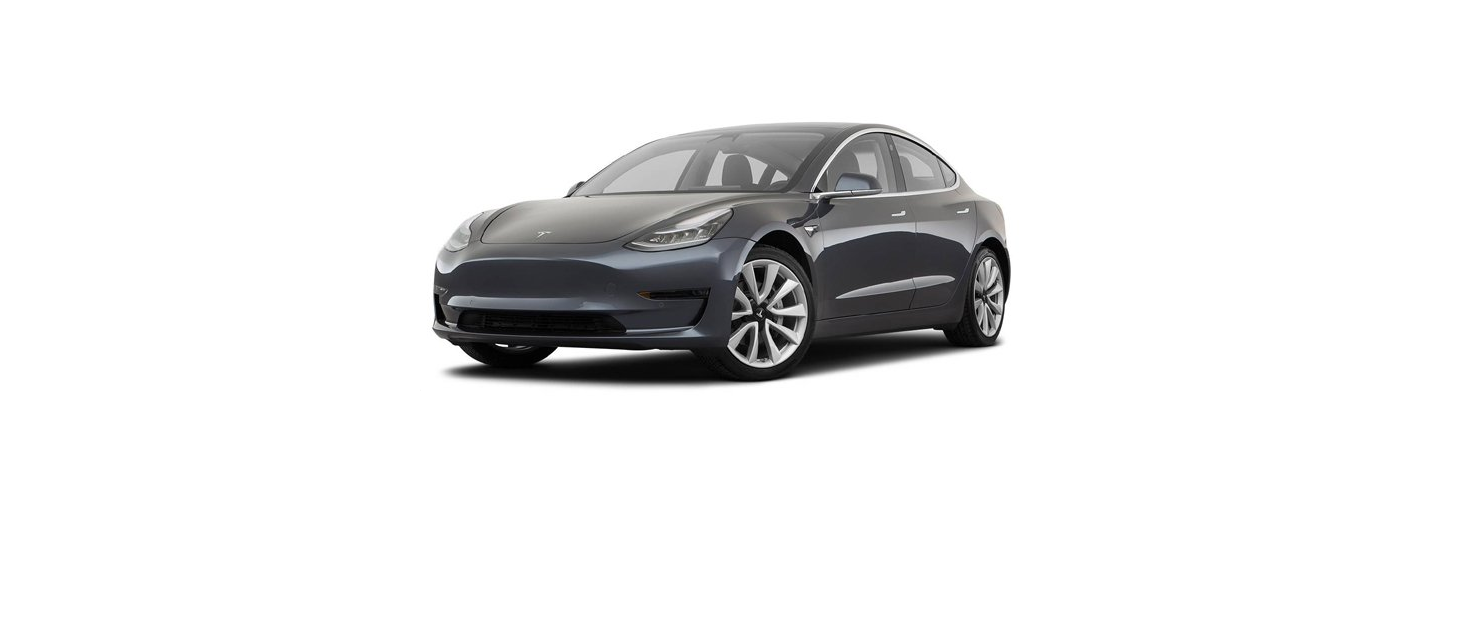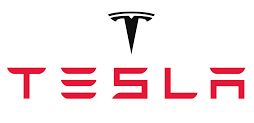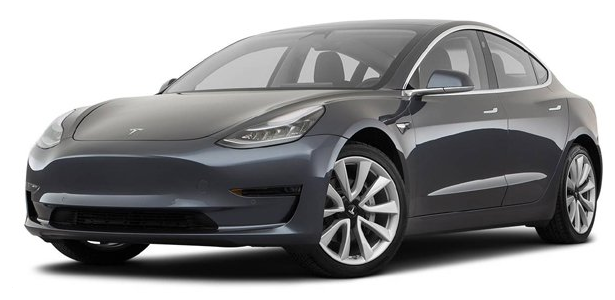Using Track Mode
Track Mode is always disabled when you start Model 3. To enable Track Mode for your current drive, shift into Park and follow these steps:
- Touch .
When enabled, TRACK displays on the touchscreen above the driving speed, and a Track Mode pop up window appears on the map. The car status area of the touchscreen displays a color-coded image of your Model 3 that provides you with important at-a-glance status information about the Battery, the motors, the tires and the brakes. See Monitoring Vehicle Health.
- If desired, customize the Track Mode settings by touching Track Mode Settings on the Track Mode pop up window (see Customizing Track Mode). You can also access the Track Mode settings by touching , then touching Customize next to the Track Mode setting.
- If you want to use the Lap Timer, follow the onscreen instructions to drop a pin on the map to define the lap’s start/finish location. You will then need to press START on the Lap Timer to begin your driving session. Once started, the Lap Timer starts counting when you drive Model 3 past the lap’s start/finish location where you dropped the pin. See Using the Lap Timer.
- Shift and GO!
If you started the Lap Timer, each time you pass the start/finish location, the timer resets for the next lap. See Using the Lap Timer.
You can also view a real-time accelerometer (G-meter) by swiping the Cards area of the touchscreen. See G-Meter.
When Track Mode is on:
- Autopilot features are unavailable.
- The Slip Start setting is overridden.
- Stopping Mode is set to the Roll setting in which Model 3 is free-rolling at very low speeds whenever Drive or Reverse is engaged and both the accelerator and brake pedal are released. For details, see Stopping Mode.
- Energy usage increases.
- Entertainment features are unavailable.
Use the touchscreen setting to turn Track Mode off at any time. Powering off Model 3 also turns off Track Mode (although it may still appear on the touchscreen if Post-Drive cooling is in progress). When Track Mode is off, all settings return to their previous state and all features return to their normal operating state.






